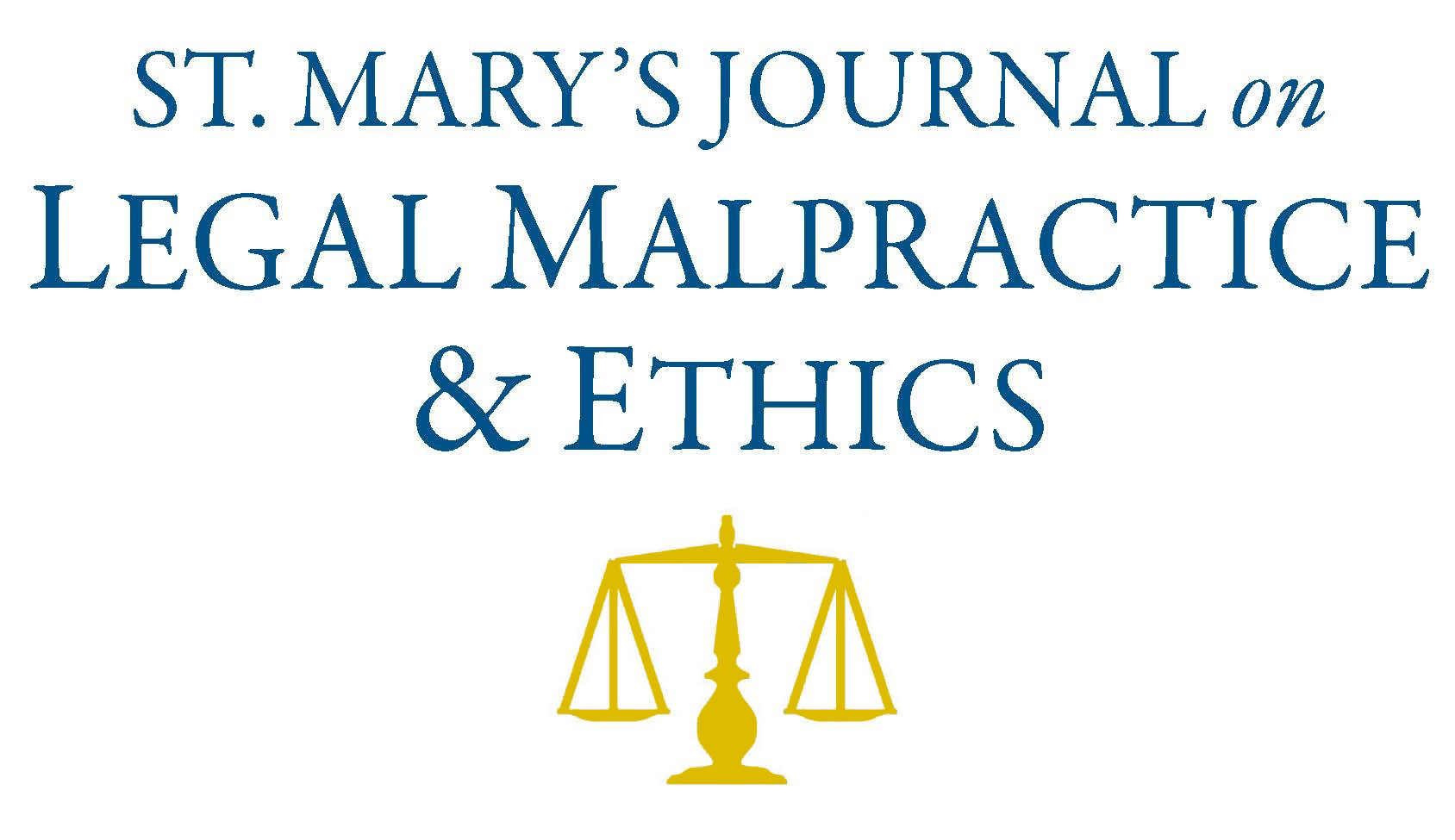
First Page
180
Date Created
10-6-2021
Publisher
St. Mary's University School of Law
Editor
Hannah C. Mery
Last Page
232
Abstract
Model Rule 8.4(g) declares it misconduct for a lawyer to “engage in conduct that the lawyer knows or reasonably should know is harassment or discrimination on the basis of race, sex, religion, national origin, ethnicity, disability, age, sexual orientation, gender identity, marital status or socioeconomic status in conduct related to the practice of law.” The American Bar Association (ABA) adopted the rule in 2016 in large part to effectuate the third of its four mission goals: Eliminate Bias and Enhance Diversity. The ABA adopted these goals in 2008, and they continue to serve as ABA’s statement of its mission.
A substantial number of lawyers opposed the ABA’s adoption of Rule 8.4(g), most often on free speech and religious liberty grounds. Since its adoption by the ABA, lawyers have argued for and against state adoption of Rule 8.4(g), in part based on competing understandings of the “core values” at stake in this debate.
References to the core values of the American legal profession emerged relatively recently. They are also often mentioned absent any particular definition. Not surprisingly, lawyers disagree about whether some normative declaration expresses a core value for American lawyers. They also disagree whether there exists a hierarchical ranking of core values, and if so, how to organize core values in tension with one another. In part, this represents a long-existing debate among lawyers about how to fulfill one’s duties to client, court, third parties, and community. It also reflects a split among American lawyers. The American legal profession has been fractured along a number of axes for a long time. Private practice lawyers specialize in vastly different fields of law; they work alone, in Big Law, in government, in corporations, and in legal aid/public interest entities; they represent disparate types of clients, such as individuals and organizations, and within those hemispheres, they represent persons and organization with diverse legal needs and interests; they work in small towns and large cities; they earn millions and support themselves by taking second jobs; and they differ in their views regarding the usual subjects, politics, culture, and religion. Such a disaggregated group will struggle to form a consensus, much less an overwhelming majority, about what values lie at the core of a definition of “lawyer,” “legal profession,” the “practice of law,” or “the lawyer’s duties.” The Rule 8.4(g) debate may offer some insight into why the parties seem to speak past one another, and whether any core values are embraced across the divisions within the legal profession. Relatedly, the ABA’s shrinking membership reflects the difficulty of speaking of a (singular) legal profession, and the decline in the ABA’s influence indicates it is less likely to be able to generate a broader acceptance of specific core values as reflected in rules such as 8.4(g).
Recommended Citation
Michael Ariens,
Model Rule 8.4(g) and the Profession’s Core Values Problem,
11
St. Mary's J. on Legal Malpractice & Ethics
180
(2021).
Available at:
https://commons.stmarytx.edu/lmej/vol11/iss2/1
Included in
First Amendment Commons, Law and Race Commons, Law and Society Commons, Legal Ethics and Professional Responsibility Commons, Legal Profession Commons, Legal Remedies Commons

